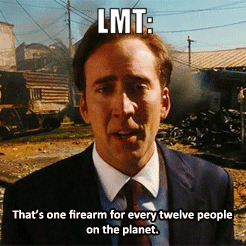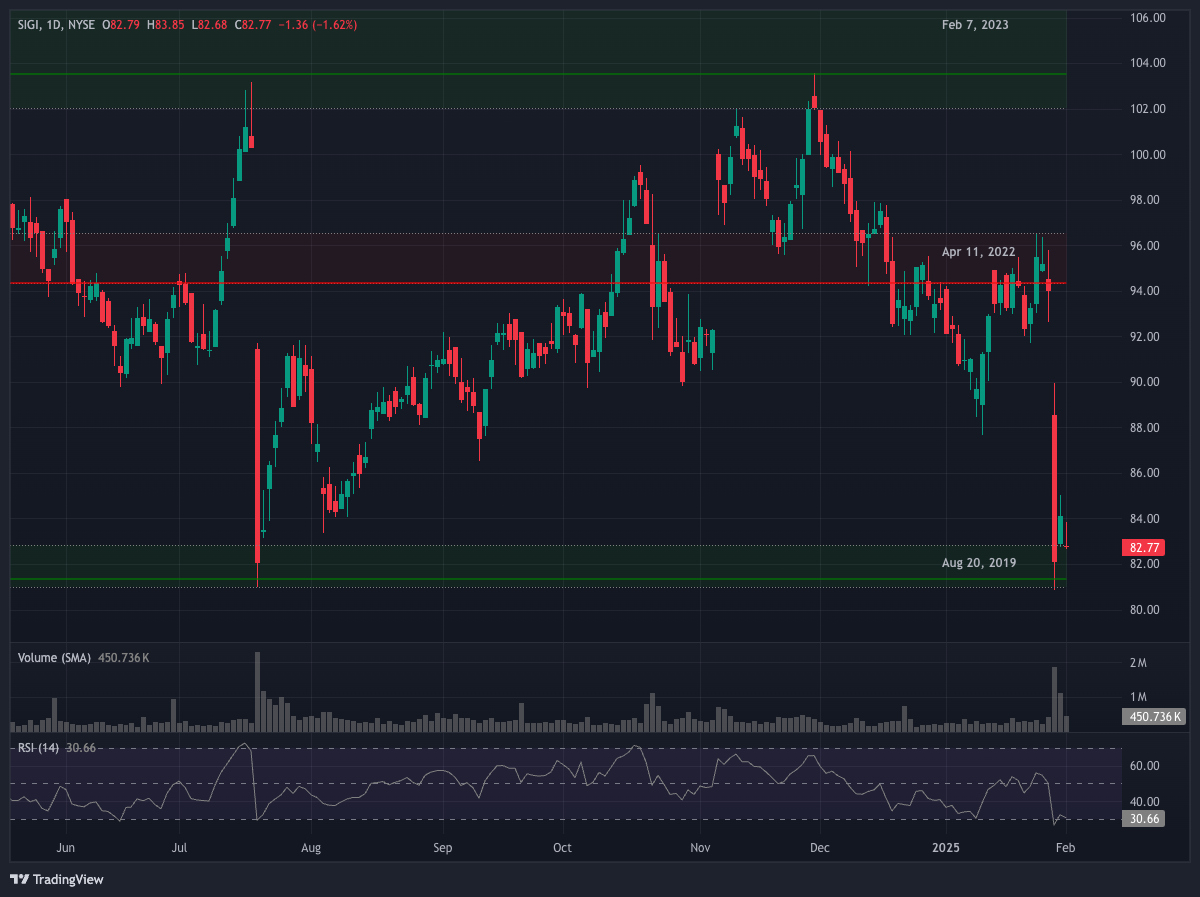Macro? Hell no! (3 new zones) 4 Feb 2025
Make this insane week a little less insane with this week's zone alert
What a world we’re living in!
Two near-doomsday Mondays. Both triggered by insane news released over the weekend. Both with big gap downs on the open. And both were followed by sharp intraday recoveries.
Every week, we keep telling ourselves we need to strategize our moves, but the truth is, in this era of manipulation and grift…
Is there even such a thing as strategy?
Who knows. Sure doesn’t feel like it. Earnings, Fundamental Analysis… they’ve all been about as useful as Vivek Ramaswamy lately.
If you really want to trade this market, the best advice we got for you right now is this:
Take it level by level (or zone by zone)
Keep stops tight and lock in profits at each new zone touch
Stick to short-term moves
Because nobody—not even the macro gods—knows what’s coming next out of the West Wing, the Pentagon, Truth Social, or DOGE HQ.
And with that… here’s this week’s fresh batch of zones, straight from our scanner.
What’s in this issue:
• Who we are
• This week’s three new hot zones
• What are zones?
But wait… who are you people and what am I doing here?”
Welcome to Trading Places.
We’re just a bunch of market nerds, quants, and posers who’ve stared at enough charts we dump our portfolios at the sight of a menorah.
After years of convincing ourselves that the lines and shapes we were plotting actually meant something, we finally figured it was time to upgrade our shtick a tiny bit.
So now, we get quant intelligence to do it for us.
We built an algorithm that’s deaf to the market’s siren songs. It cuts through the BS and pinpoints Zones of interest, i.e. places on the chart where actual money comes to dance.
Think of it as a Limitless pill for your stock, currency, and crypto plays—scanning the markets in real-time and determining where the action’s at.
This week’s hot zones!
Here’s what our zone scanner flagged today:
Lockheed Martin Corp. (LMT)
Industrials • Aerospace & Defense • USA • NYSE
LMT is down by nearly 20% since Election Day—which makes sense, considering who won. Trump is, after all, who pulled us out of Afghanistan, cutting off a big revenue stream for LMT.
But now, the winds have shifted. Trump is eyeing a new warfront—offering Kyiv a deal to trade rare earth metals for US aid (translation: money and weapons).
Second translation:
Now, the technicals. LMT is currently at its May 2022 support zone. It’s one that has faced multiple retests in a three-month period in 2024. And not once did it break.
Also note the bullish divergence on its RSI.
If the zone holds once more, this could trigger a potential 9-11% bounce back up to the November 2022 zone.
Qualcomm, Inc. (QCOM)
Technology • Semiconductors • USA • NASD
Since July 2024, QCOM has been consolidating between its November 2020 support zone, and its March 2024 resistance zone.
Over this six-month period, both zones have seen a lot (and we do mean a lot) of retests.
Right now, it’s in the early stages of another rejection from resistance.
With the first potential target again set at the November 2020 support (where else?), entering this short now could net a potential 7.5-12% profit.
Quick work.
Selective Insurance Group Inc. (SIGI)
Financial • Insurance - Property & Casualty • USA • NASD
That nasty red candle you’re seeing there is SIGI falling victim to poor earnings.
This huge dip, however, is what triggered our zone scanner, as it’s now sitting on a long-term August 2019 support zone.
The last time this zone saw some action was in July 2024—also a big red candle caused by an earnings miss. This was followed by a quick 11% rally in the succeeding days.
While the immediate recovery was not present this time around, there is still the possibility that a rebound ensues.
Selling pressure has faded significantly, and RSI is still deeply oversold.
If history repeats, the first target up could be somewhere around the April 2022, for a potential 13-16% gain.
WTF are Zones, anyway?
Zones are key price levels where the market has reacted strongly in the past—such as sharp reversals or sudden swings.
They’re areas where actual supply and demand met in the past, and likely will meet again.
“Why are these significant?”
Well, it all comes down to three key principles. We like to call them The Principles of:
When I Dip, You Dip, We Dip (aka psychology)
Traders are aware that others are watching these levels (zones) too. With everybody paying attention, this creates a self-fulfilling prophecy where everybody acts in anticipation of everybody else’s actions.
Markets Gonna Market ¯\_(ツ)_/¯ (aka technical factors)
If the first price rejection at the top of a zone was violent, it’s likely that buyers who entered at that level are now holding losses.
But with each retest, the rejection weakens, as there are fewer buyers remaining underwater. This weakens that resistance (or support for all you short-sellers), and could eventually lead to a break through.
Killer Whales (aka institutional plays)
Big players need liquidity in order to place massive orders without moving the market against themselves. So they wait for these zones, knowing a lot of us small fry (retail traders) will come to play.
This allows them to buy low or sell high without causing a lot of waves.
But remember: Zones are NOT guarantees but rather regions of increased probability for market moves. So always, ALWAYS use proper risk management.
Trading Places: Launch coming soon!
Stop obsessively refreshing your charts like it’s your ex’s Instagram.
By combining historical patterns with real-time market data, Trading Places identifies zones and assigns probabilities to each one—helping traders spot potential plays with higher chances of success.
It automates all of the curation, chart-plotting, and alerting for you, so you can actually have a life (or at least pretend to)!
Stay tuned!
Disclaimer: This isn't financial advice. This shouldn’t be news to you.









